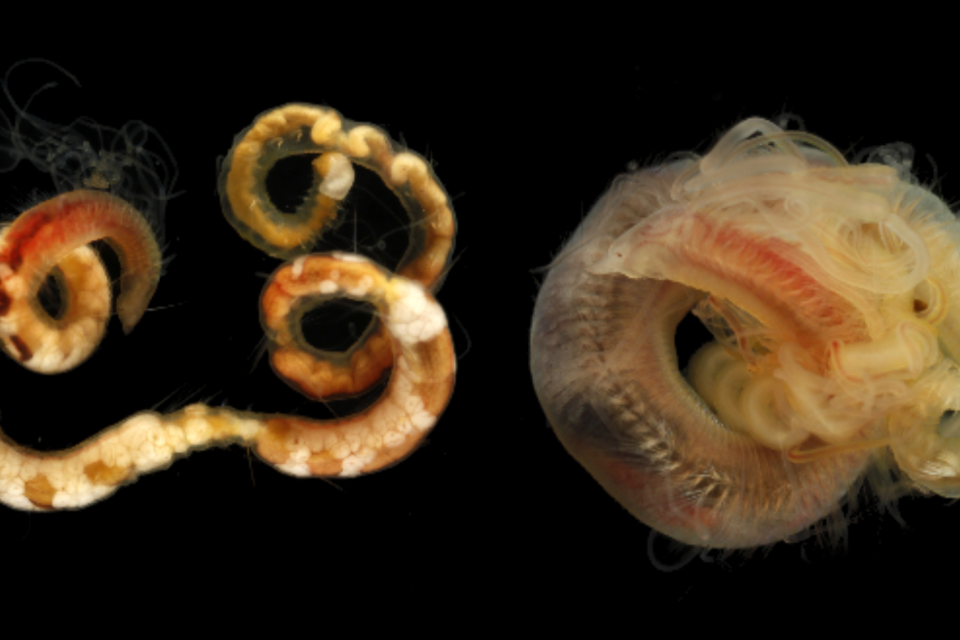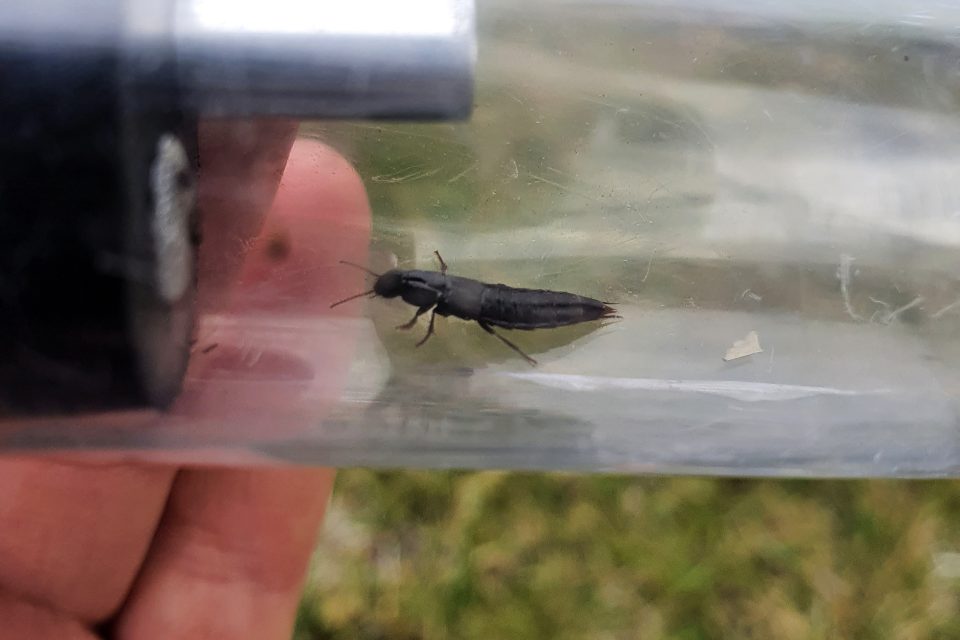
Animal of the month: Phylum Nematomorpha
By Liepa Adomaityte Many of us would agree that planet Earth is filled with incredible beauty, and the flora and fauna we observe are breathtaking. However, in many ways, mother nature can also be macabre, horrid, and contain beings that we may only imagine in our nightmares. One […]








